
Kód: 04728188
New Urban Reality
America's inner cities, particularly those in older industrial metropolitan areas, have declined sharply in both population and employment over the past two decades. How much of this change is due to technological advances in tran ... celý popis
- Jazyk:
 Angličtina
Angličtina - Väzba: Brožovaná
- Počet strán: 301
Nakladateľ: Brookings Institution
- Viac informácií o knihe

Mohlo by sa vám tiež páčiť
-

New Research on Alcoholism
213.10 € -12 % -
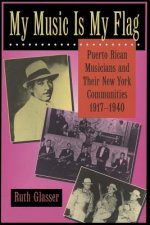
My Music Is My Flag
45.66 €
Darčekový poukaz: Radosť zaručená
- Darujte poukaz v ľubovoľnej hodnote, a my sa postaráme o zvyšok.
- Poukaz sa vzťahuje na všetky produkty v našej ponuke.
- Elektronický poukaz si vytlačíte z e-mailu a môžete ho ihneď darovať.
- Platnosť poukazu je 12 mesiacov od dátumu vystavenia.
Viac informácií o knihe New Urban Reality
Nákupom získate 89 bodov
 Anotácia knihy
Anotácia knihy
America's inner cities, particularly those in older industrial metropolitan areas, have declined sharply in both population and employment over the past two decades. How much of this change is due to technological advances in transportation, communication, and manufacturing? How much of it is due to the changing racial composition of the central cities? Can any set of public policies retard or reverse the decline of the industrial cities?This book presents an interdisciplinary collection of papers addressing these questions. In the introduction, editor Paul E. Peterson discusses the ways in which adverse economic and racial changes interact and urges more realistic federal policies to counteract these changes. In Part 1, "The Processes of Urban Growth and Decline," sociologist John D. Kasarda analyzes the growing mismatch between inner-city jobs and residents, and geographer Brian J. L. Berry discusses the economics of inner-city gentrification. Racial change is the subject of Part II: sociologist Elijah Anderson depicts race relations in a gentrifying inner-city neighborhood; sociologist William J. Wilson delineates the social and economic problems of inner-city blacks; and political scientist Gary Orfield calls for bold efforts to reverse the continuing urban pattern of racial segregation. Part III looks at the way cities have responded to economic and racial change. Economist Kenneth A. Small discusses the impact of transportation policy; political scientist Herbert Jacob finds that increasing efforts to control urban crime have not been effective; and sociologist Terry Nichols Clark emphasizes the effect of political factors on the fiscal condition of cities. Economist Anthony Downs, reviewing the issues raised by the other authors, sees little hope for racial integration as the central social strategy for solving urban problems, but does see hope in the internal resources of America's minority communities.
 Parametre knihy
Parametre knihy
Zaradenie knihy Knihy po anglicky Society & social sciences Sociology & anthropology Sociology
36.05 €
- Celý názov: New Urban Reality
- Jazyk:
 Angličtina
Angličtina - Väzba: Brožovaná
- Počet strán: 301
- EAN: 9780815770176
- ISBN: 0815770170
- ID: 04728188
- Nakladateľ: Brookings Institution
- Hmotnosť: 800 g
- Rozmery: 229 × 152 × 23 mm
Obľúbené z iného súdka
-
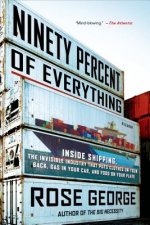
NINETY PERCENT OF EVERYTHING
18.58 € -6 % -
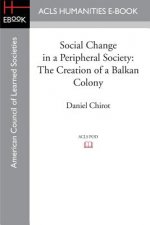
Social Change in a Peripheral Society
33.50 € -

Fair Play Deck
20.42 € -9 % -
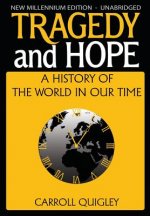
Tragedy and Hope
44.53 € -
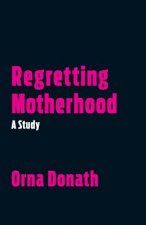
Regretting Motherhood
15.72 € -9 % -
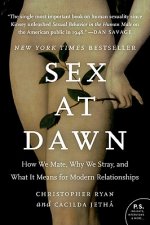
Sex at Dawn
13.68 € -21 % -
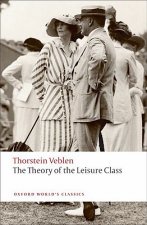
Theory of the Leisure Class
12.25 € -23 % -

Social Intelligence
12.86 € -24 % -

Bushido the Soul of Japan
11.43 € -

Eroticism
12.25 € -23 % -

Book of Tea
10.10 € -22 % -

Surrendered Wife
11.13 € -23 % -
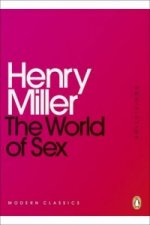
World of Sex
6.83 € -23 % -
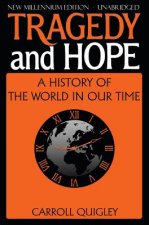
Tragedy and Hope
71.09 € -
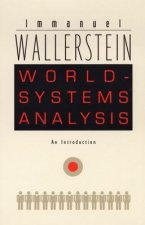
World-Systems Analysis
21.95 € -12 % -

Cruel Optimism
27.68 € -6 % -
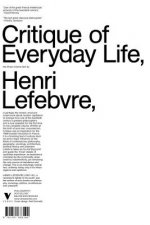
Critique of Everyday Life
37.28 € -19 % -
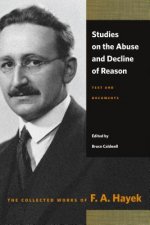
Studies on the Abuse & Decline of Reason
18.48 € -

Post-Adoption Blues
18.69 € -

Blueprint for Revolution
10.92 € -24 % -

Wanderlust
16.95 € -20 % -
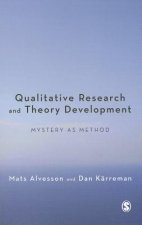
Qualitative Research and Theory Development
45.76 € -9 % -
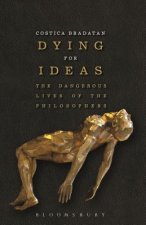
Dying for Ideas
13.47 € -10 % -
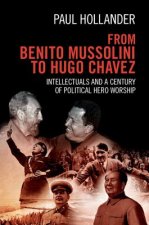
From Benito Mussolini to Hugo Chavez
46.78 € -

Treatise on the Family
73.03 € -

Marriageology
25.73 € -5 % -
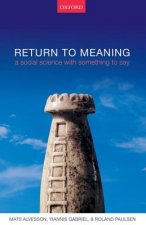
Return to Meaning
56.18 € -

Being Mortal
19.71 € -9 % -

Intimate Communion
13.78 € -20 % -
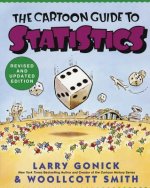
Cartoon Guide to Statistics
19.50 € -16 % -

Small Is Beautiful
11.13 € -23 % -

More Than Two
30.64 € -2 % -

Being Mortal
13.78 € -1 % -
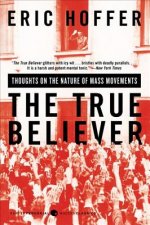
True Believer
14.19 € -23 % -
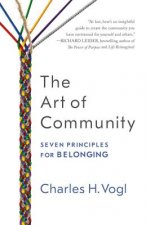
Art of Community: Seven Principles for Belonging
19.20 € -21 % -
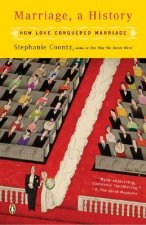
Marriage, a History
18.48 € -13 % -

Gifts of Imperfection: 10th Anniversary Edition
28.70 € -

Why Love Hurts - A Sociological Explanation
18.58 € -

Past Mortems
10.10 € -22 % -

Population Control
14.39 € -23 % -
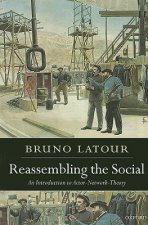
Reassembling the Social
53.22 € -
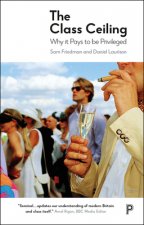
Class Ceiling
13.07 € -10 % -

Chrysanthemum and the Sword
18.89 € -

Family and Civilization
22.87 € -6 % -

Braving the Wilderness
8.67 € -21 % -

Intercourse
15.42 € -23 % -
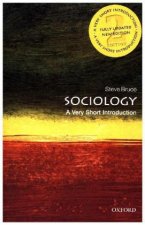
Sociology: A Very Short Introduction
10.10 € -22 % -

Death and the Afterlife
18.79 € -22 % -
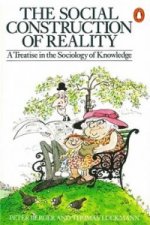
Social Construction of Reality
12.25 € -23 %
Osobný odber Bratislava a 2642 dalších
Copyright ©2008-24 najlacnejsie-knihy.sk Všetky práva vyhradenéSúkromieCookies



 21 miliónov titulov
21 miliónov titulov Vrátenie do mesiaca
Vrátenie do mesiaca 02/210 210 99 (8-15.30h)
02/210 210 99 (8-15.30h)